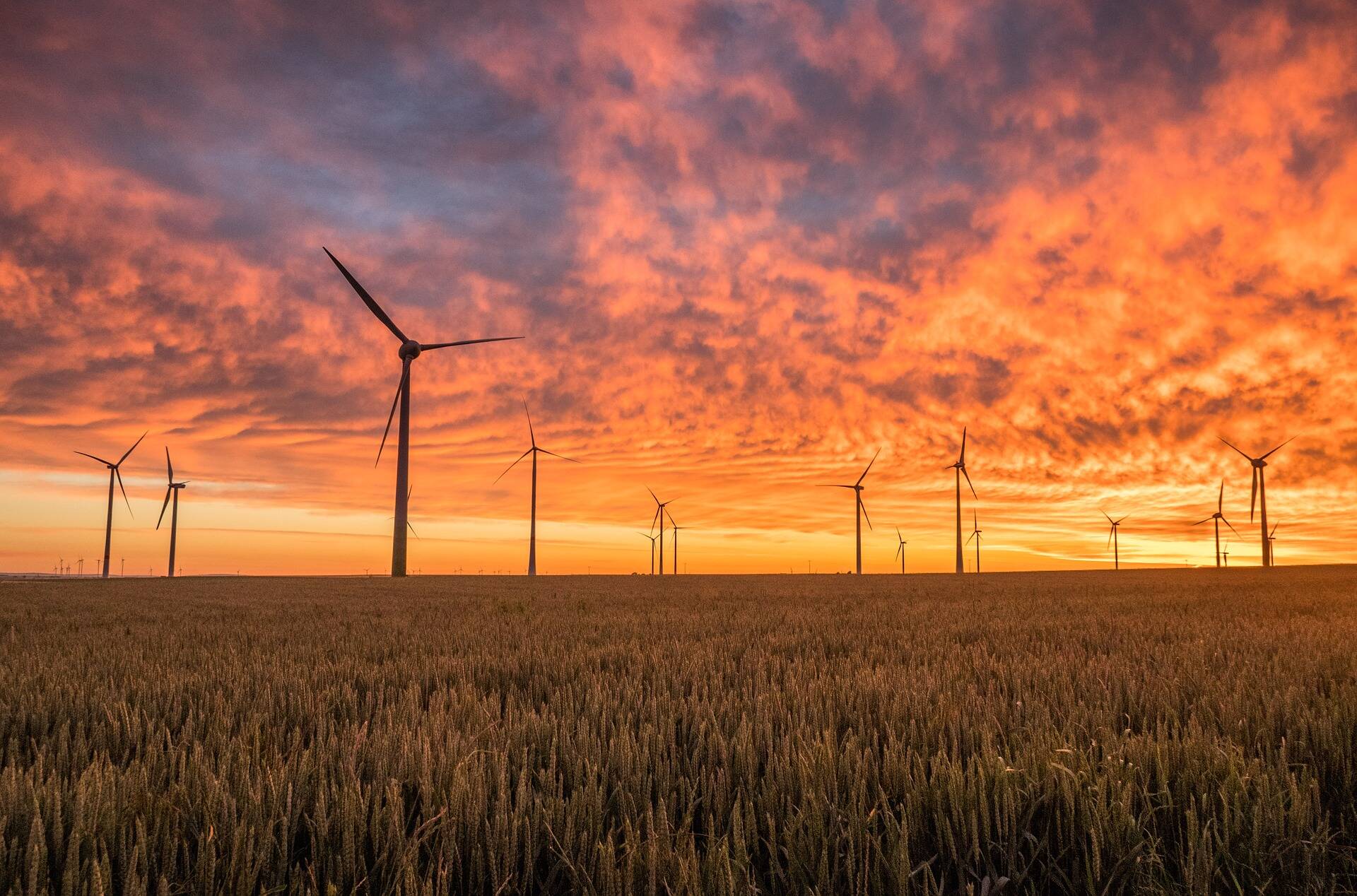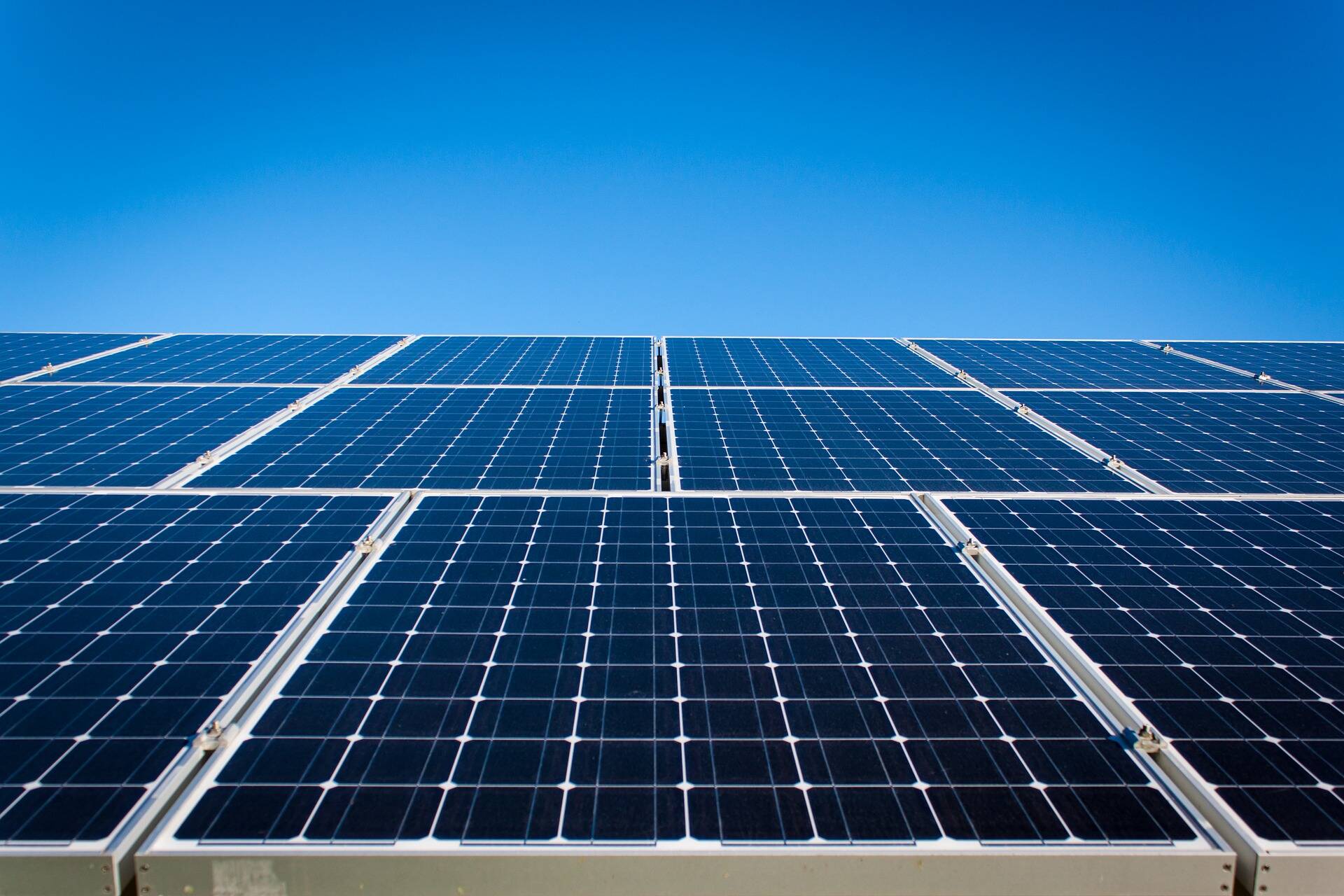You’ve reached your limit!
To continue enjoying Utility Week Innovate, brought to you in association with Utility Week Live or gain unlimited Utility Week site access choose the option that applies to you below:
Register to access Utility Week Innovate
- Get the latest insight on frontline business challenges
- Receive specialist sector newsletters to keep you informed
- Access our Utility Week Innovate content for free
- Join us in bringing collaborative innovation to life at Utility Week Live

Met Office science consultancy manager Dr Emily Wallace reflects on combined efforts to forecast adverse weather scenarios with the National Infrastructure Commission (NIC) and the Climate Change Committee (CCC), and compile a dataset to help energy firms stress test their future planning.
As part of its commitment to tackle climate change, the government has pledged to establish a decarbonised electricity system by 2035. While the transition to a more sustainable future should yield tangible benefits, there are questions about the impact of adverse weather conditions that energy sector policy makers are being encouraged to consider.
 Utilities need to plan for an energy mix that will feature a far greater amount of renewable energy, which will put pressure on the existing networks and processes. Balancing the strengthening of these networks against the cost of doing so will be critical to ensure the most resilience against cost of energy to the consumer and security of supply.
Utilities need to plan for an energy mix that will feature a far greater amount of renewable energy, which will put pressure on the existing networks and processes. Balancing the strengthening of these networks against the cost of doing so will be critical to ensure the most resilience against cost of energy to the consumer and security of supply.
In order to maximise resilience while minimising costs, we need to understand how future weather-related extremes will impact on a system with high levels of renewable electricity generation. We should ensure that these are factored in when decision makers are designing future energy systems so that the system can remain resilient, even in the most challenging situations.
Understanding adverse weather better means that you can optimise the technology and locations that are used to create the most resilient low-carbon networks.
Reducing the impact of adverse weather
To enable energy modellers to take account of these extremes, the Met Office, the National Infrastructure Commission (NIC) and the Climate Change Committee (CCC) have worked together to develop a dataset of adverse weather scenarios. These scenarios represent a range of possible extreme events, and the effect of future climate change.
“The electricity sector has always had to deal with daily and seasonal variations in supply and demand, but more renewables make the weather increasingly important,” NIC chief economist James Richardson says. “It’s vital that energy decision-makers really understand the possible impacts of adverse weather.
“A resilient system needs enough low-carbon flexibility to cope with the worst the weather might throw at it and that means knowing the full extent of the challenge.”
A broad range of stakeholders across government, industry and academia were consulted as part of the research. A consensus was reached that the outcome will be essential in supporting effective design and operation of an electricity system increasingly powered by renewable generation.
The research remained agnostic about the specifics of future electricity systems and investigated adverse weather conditions that would be challenging for a variety of generation mixes and usage patterns.
Importantly, these scenarios take account of the possible impact of climate change and provide a consistent basis for modelling teams to test future electricity systems.
The results support previous findings that geographic diversification of renewable generation infrastructure can reduce the intensity of adverse events.

Greater sensitivity to weather conditions
Recent weather-related events highlight the need to better understand the impact extreme weather has on renewables.
Gas usage for heating is closely related to temperature. During the ‘Beast from the East’ extreme cold weather event that occurred in the UK in early March 2018, national demand for gas increased by 55%.
Transitioning to a lower carbon energy system with electrified heating would make electricity demand more sensitive to such events. If they occur at the same time as low wind speeds, a wind drought, in a highly renewable system, then it could be challenging for supply to meet demand.
Increasingly hot summers in the future may also be challenging as demand for air conditioning increases. Heatwaves as experienced by the UK in July 2018 often occur with long periods of very low wind speeds.
 Conversely, in the middle of summer days, if there are clear skies and it is windy then high renewable generation may occur at the same time as low energy demand, resulting in a surplus of supply. This could be challenging for energy distributors to manage; however, these conditions may occur in southern Europe while there is low solar generation in the UK. In these circumstances there is potential for surplus solar power to be distributed to the UK.
Conversely, in the middle of summer days, if there are clear skies and it is windy then high renewable generation may occur at the same time as low energy demand, resulting in a surplus of supply. This could be challenging for energy distributors to manage; however, these conditions may occur in southern Europe while there is low solar generation in the UK. In these circumstances there is potential for surplus solar power to be distributed to the UK.
Large changes in wind speed over a short period of time, for example during a windstorm, result in large fluctuations in wind power generation, known as wind ramping. A highly renewable energy system would be more vulnerable to these conditions.
Stress testing future planning
The team analysed data sets for the past 30 years supplemented by the use of additional plausible simulations from physical climate models covering both the UK and Europe. The use of these additional simulations is to sample a larger number of events than has been possible previously, and to capture hypothetical events that could have plausibly occurred.
Contrary to common industry practice of using 10 years of data, far longer datasets are necessary to capture the full range of adverse scenarios. In this study we were able to draw on more than 2,000 years of plausible realisations. Use of fewer years of data would lead to a false sense of security regarding the conditions that the networks will have to endure.
Our research indicated that currently, when planning for the future, energy stakeholders rarely consider the impact of climatic change on the network; the full range of variability of the conditions that their networks will have to endure; or the relationship between adverse effects, such as wind droughts or ramping events, either spatially or in time.
 Our new adverse weather datasets can help in being better prepared in these areas and we are encouraging companies to use them in their modelling to stress test their future planning.
Our new adverse weather datasets can help in being better prepared in these areas and we are encouraging companies to use them in their modelling to stress test their future planning.
When creating plausible scenarios for the coming decades, the probable impact of climate change must be factored in. This project has used the UK Climate Projections 2018 to assess the impact of future climate.
The full extent of climate change might not be apparent for many decades, and depends on many variables, most obviously carbon emissions.
The aim of this research has not been to predict the possible impact of extreme weather events on renewable electricity supply. Rather, it has been to encourage policy makers, energy modellers and electricity generators to plan more sufficiently for adverse conditions in the future – and consider how resilient they are to these conditions.

See this content brought to life at Utility Week Live, 17-18 May 2022 NEC Birmingham
Delivering smart energy networks is one of the frontline challenges at the heart of Utility Week Live 2022’s live content programme.
View the challenges and be alerted for tickets to the industry’s most eagerly awaited reunion at utilityweeklive.co.uk
Please login or Register to leave a comment.